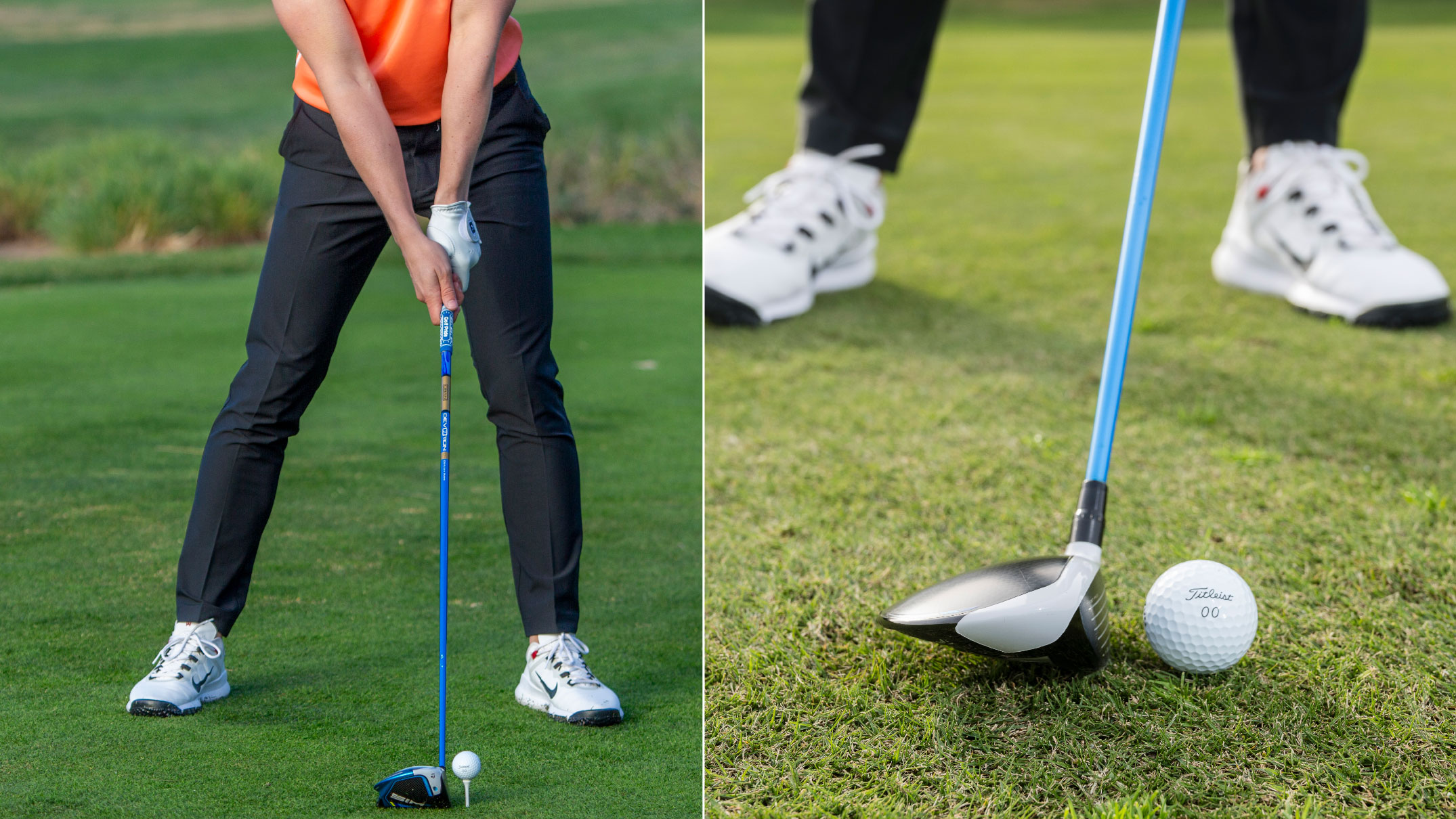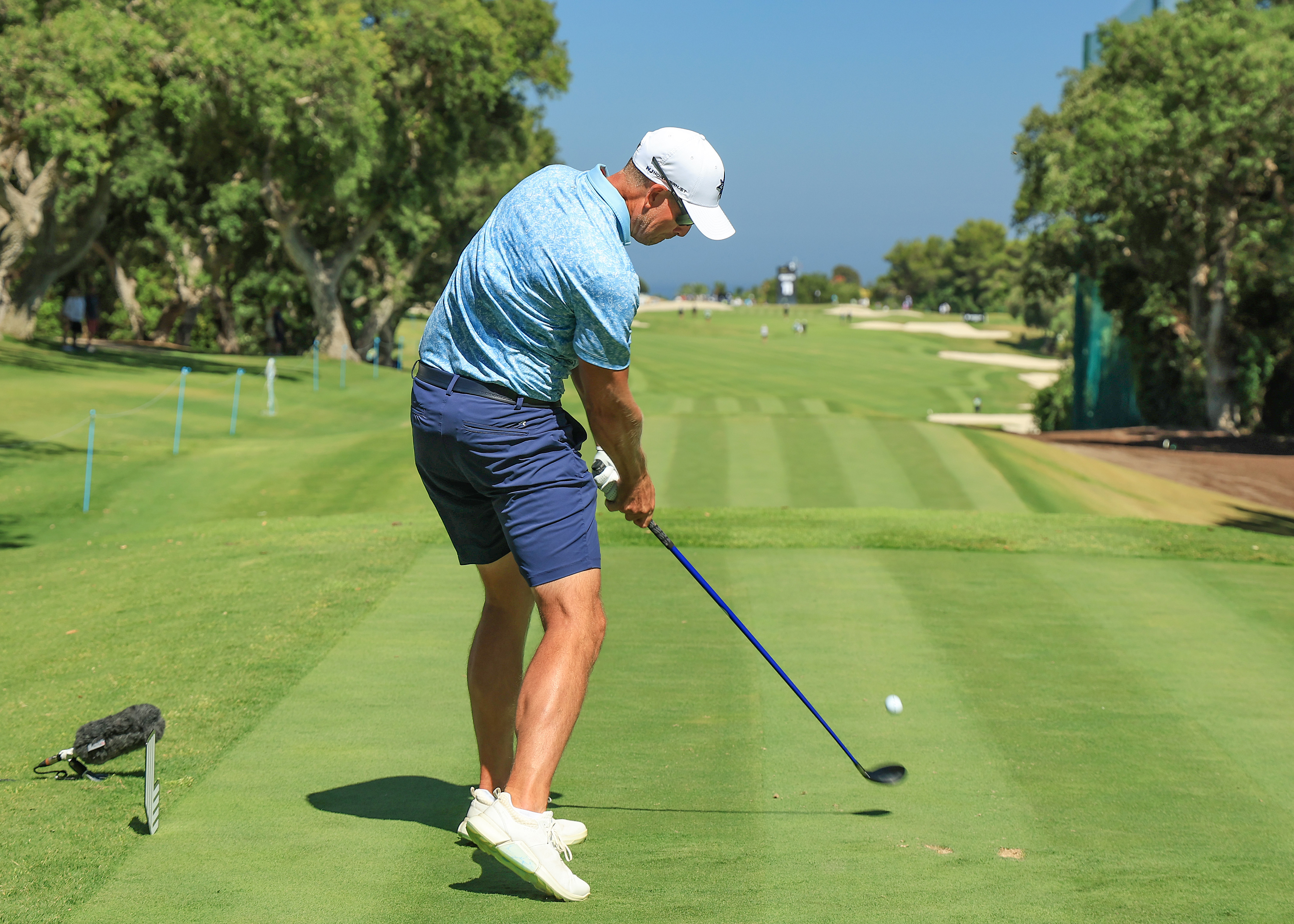Are You More Likely To Hit The Fairway With A Driver Or 3-Wood? Here's What The Data Says...
Hitting a 3-wood is meant to be the safer option - but how does it play out in reality?

Andrew Wright

For many golfers, when the driver is playing up or when facing a tight fairway, hitting a 3-wood off the tee seems like the more sensible option.
Using a fairway wood should provide a good combination of distance with a tighter dispersion. That's the theory, but does it play out in reality?
We asked our official data partner, Shot Scope, to run some numbers - and the figures that came back (displayed in the table below) were fascinating.
Handicap | Driver | 3-Wood |
0 | 48% | 49% |
5 | 49% | 51% |
10 | 49% | 52% |
15 | 47% | 46% |
20 | 46% | 48% |
25 | 47% | 45% |
Of the six handicap categories listed above, for all but two, the fairway wood is more accurate, although we're not exactly talking about a huge difference.
However, we couldn't say that golfers should ditch the idea of playing a 3-wood and just hit driver off the tee in order to achieve maximum distance.
For some players, hitting a 3-wood is just something they find easier and feel more confident doing.

Henrik Stenson is one of the best strikers of a 3-wood in the game
Other players, and this also applies to all handicap levels, don't feel comfortable hitting this club - which is why we have lots of fairway tips and drills available to help you improve this area of the game.
Subscribe to the Golf Monthly newsletter to stay up to date with all the latest tour news, equipment news, reviews, head-to-heads and buyer’s guides from our team of experienced experts.
Even former Open champion Henrik Stenson prefers to hit his 3-wood over a driver, and it's a club that has become rather famous, for he hits it rather well!
If you do hit a 3-wood off the tee, you will be giving up some distance, of course, as the data below shows.
Handicap | Driver (yards) | Fairway Wood (yards) |
0 | 285 | 267 |
5 | 261 | 245 |
10 | 259 | 233 |
15 | 236 | 224 |
20 | 225 | 219 |
25 | 204 | 197 |
Obviously, if you're just as likely to find the rough off the tee with your fairway wood as your driver, but the latter puts you further down the hole, it's easy to conclude that the driver is going to be the best option.
We are, of course, talking averages here. Really, this emphasizes the need for players to track their own shots to get a clear idea of where their strengths and weaknesses lie.
Even looking at the numbers above, which suggest there is only a small difference in terms of accuracy between a driver and 3-wood, we wouldn't dismiss the long-held view that a fairway wood is a safer option off the tee.
Think about the course you play and the type of tee shot you might be facing: tight tee shots might still be worth playing with a 3-wood, for example.

Michael has been with Golf Monthly since 2008. A multimedia journalist, he has also worked for The Football Association, where he created content to support the England football team, The FA Cup, London 2012, and FA Women's Super League. As content editor at Foremost Golf, Michael worked closely with golf's biggest equipment manufacturers and has developed an in-depth knowledge of this side of the industry. He's a regular contributor, covering instruction, equipment, travel and feature content. Michael has interviewed many of the game's biggest stars, including seven World No.1s, and has attended and reported on numerous Major Championships and Ryder Cups around the world. He's a member of Formby Golf Club in Merseyside, UK.
- Andrew WrightFreelance News Writer
You must confirm your public display name before commenting
Please logout and then login again, you will then be prompted to enter your display name.